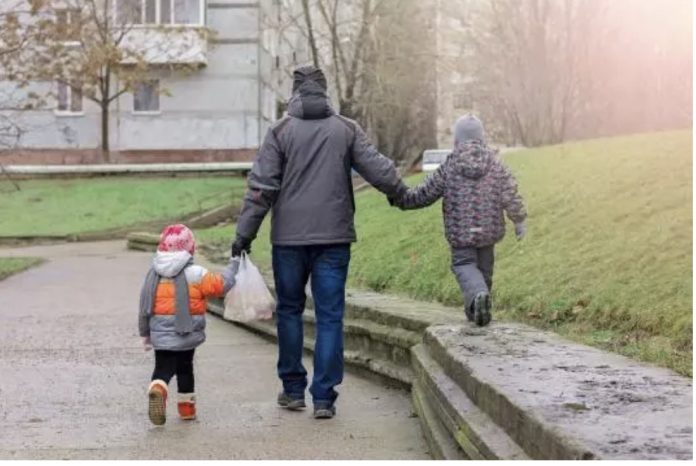A report out this morning says that Abolishing the two-child limit would be a cost-effective way of reducing child poverty but is no silver bullet
The Institute for Government report says that Reversing the two-child limit would be a quick and cost-effective fix for bringing large numbers of children above the poverty line.
But the benefit cap would wipe out the gains for some children in the very poorest families.
Any strategy to reduce child poverty will come against a complex backdrop of high rents, other recent cuts to benefits and challenges in supporting parents into quality jobs.
The child relative poverty rate increased from 27% to 30% from 2010–11 to 2022–23 – an increase of 730,000.
The rise in child poverty has been entirely driven by a large increase in relative poverty among families with three or more children (from 35% in 2010–11 to 46% in 2022–23).
Half of children in poverty now come from such families. Two-thirds of children in poverty are in working households, and almost three-quarters are in renting households, which typically face the highest housing costs.
Anna Henry, a Research Economist at the Institute for Fiscal Studies and an author of the report, said:
‘The recent rise in measured child poverty is entirely driven by higher rates of poverty among families with three or more children. Scrapping the two-child limit would be a cost-effective way of reducing child poverty, at a lower cost per child lifted out of poverty than all the other obvious changes to the benefits system, but it is not a silver bullet. Scrapping the two-child limit would eventually cost the government a significant sum, around £2.5 billion a year. It would do nothing for households affected by the household benefit cap, who are among the poorest. In fact, removing the two-child limit would lead to 70,000 more households being affected by the household benefit cap, wiping out some or all of its effect for those households.’







